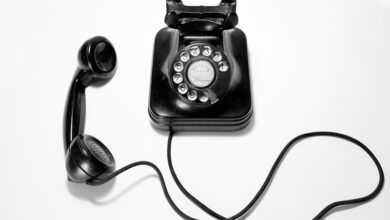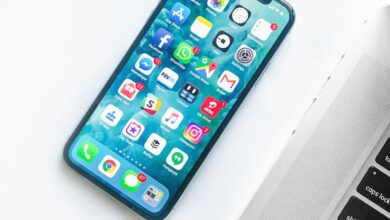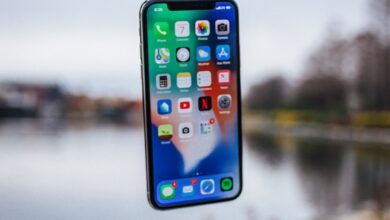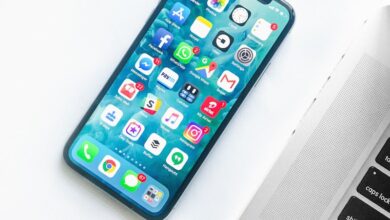Phone Formatting and Device Accessibility
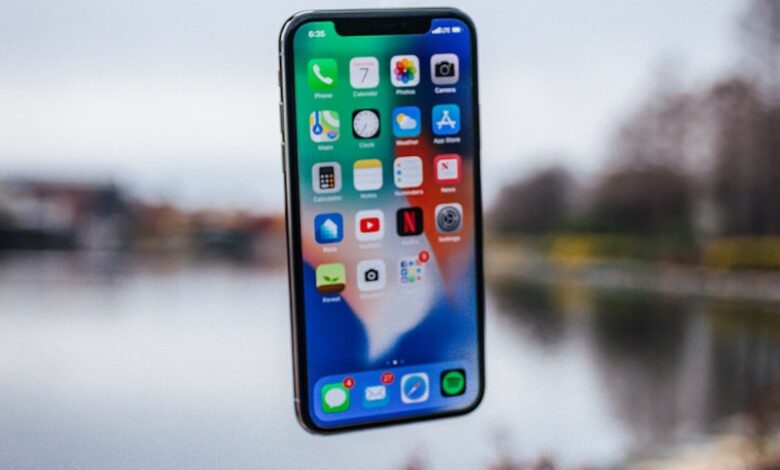
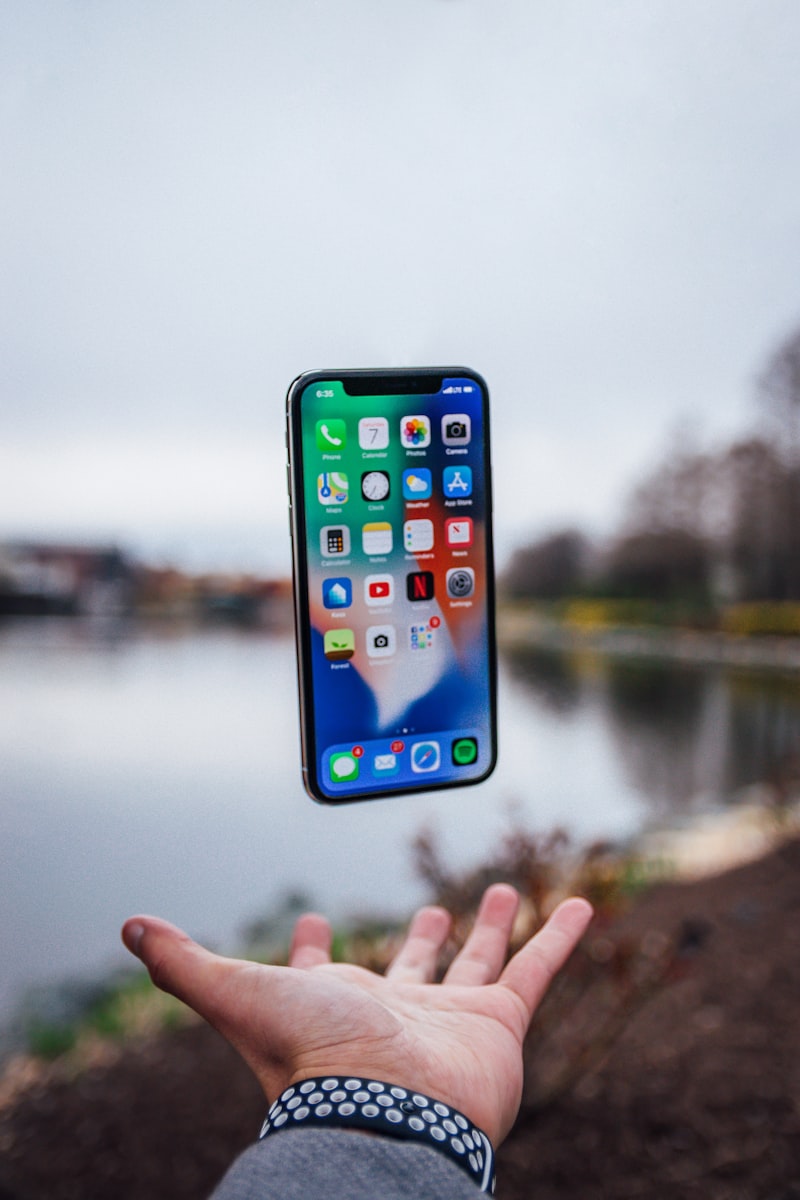
Have you ever struggled with the overwhelming clutter on your phone screen? Are you tired of constantly swiping through a myriad of apps to find what you need? If so, it might be time to consider phone formatting and device accessibility to enhance your mobile experience.
Phone formatting refers to the customization of your phone’s layout and organization. It allows you to arrange icons, widgets, and shortcuts in a way that suits your needs best. By employing this technique, you can create a more efficient and visually pleasing interface that caters to your specific preferences.
Imagine your phone as a well-organized wardrobe. Just like arranging your clothes by color or type, formatting your phone enables you to categorize and group similar apps together. For instance, you can have a folder for social media apps, another one for productivity tools, and a separate folder for entertainment options. This helps you find what you’re looking for without wasting precious time scrolling endlessly.
Furthermore, device accessibility plays a crucial role in ensuring that your phone is user-friendly for individuals with disabilities or impairments. Smartphones come with built-in features that make them accessible to everyone. With features like voice commands, screen readers, and adjustable font sizes, people with visual or hearing difficulties can easily navigate their devices and enjoy a seamless mobile experience.

Consider the analogy of an open door. Device accessibility opens doors for individuals who might face challenges using standard phone features. It empowers them to communicate, engage, and connect with others effectively. With accessibility settings, the digital world becomes inclusive, allowing everyone to participate fully.
Revolutionizing Phone Formatting: The Future of Accessibility Unleashed
Are you tired of struggling with small text and hard-to-read interfaces on your smartphone? Well, get ready for a game-changing revolution in phone formatting that will transform the way we interact with our devices. The future of accessibility is being unleashed, bringing forth a new era of convenience and inclusivity.
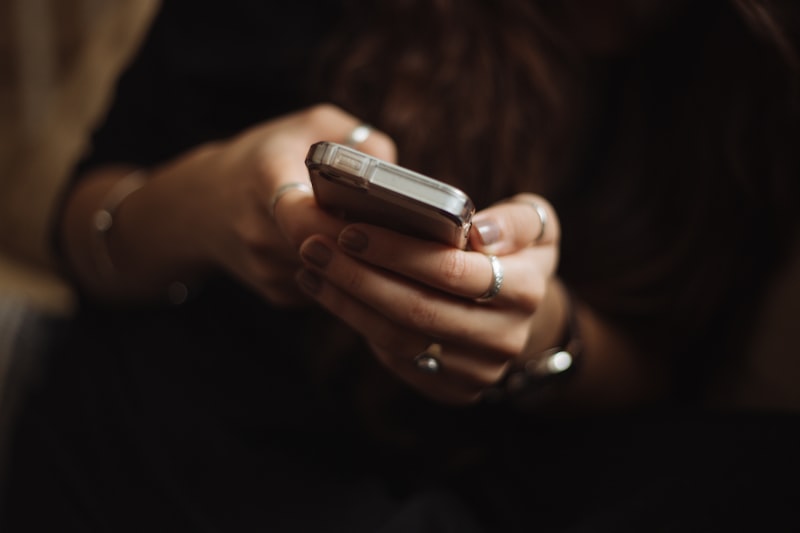
Imagine a world where everyone, regardless of their visual abilities, can effortlessly navigate through their phones. This future is becoming a reality with innovative advancements in phone formatting. Developers are embracing the concept of accessibility, aiming to make smartphones more user-friendly for individuals with diverse needs.
One of the key elements of this revolution is adaptive text sizing. Have you ever found yourself squinting to read tiny fonts or Zooming in endlessly to decipher text? With adaptive text sizing, your phone will automatically adjust the font size based on your preferences and visual requirements. Say goodbye to eye strain and hello to effortless reading!
But it doesn’t stop there. Another exciting development is the integration of voice commands and assistants. Imagine a world where you can control your phone with the power of your voice alone. From making calls to sending messages and even browsing the web, voice commands will provide a hands-free experience, making smartphones accessible to individuals with motor impairments or those who simply prefer a more intuitive way of interacting with their devices.
Furthermore, haptic feedback technology is set to revolutionize the way we interact with touchscreens. Instead of relying solely on visual cues, haptic feedback provides tactile sensations, allowing users to “feel” their way around the screen. This breakthrough will greatly benefit people with visual impairments by providing an enhanced sensory experience.
The future of accessibility is poised to revolutionize phone formatting. The implementation of adaptive text sizing, voice commands, and haptic feedback technology will create a more inclusive and user-friendly smartphone experience for all. Get ready to embrace a world where everyone, regardless of their abilities, can effortlessly navigate the digital realm. The future is here, and it’s bringing accessibility to the palm of your hand.
Breaking Barriers: How Phone Formatting Enhances Device Accessibility
Have you ever wondered how phone formatting can break down barriers and make devices more accessible? In this article, we will explore the power of phone formatting in enhancing device accessibility, enabling individuals to fully engage with their smartphones and enjoy the myriad of features they offer.
Phone formatting refers to the process of customizing the appearance and functionality of your smartphone’s user interface. It allows users to personalize their devices according to their needs and preferences, making it easier for them to navigate and access various features.
One of the key benefits of phone formatting is its ability to enhance accessibility for individuals with disabilities. With the vast array of options available, users can adjust font sizes, color schemes, and contrast levels to improve visibility and readability. For those with visual impairments, increasing the font size and choosing high-contrast themes can make a world of difference, ensuring that text and icons are clear and legible.
Moreover, phone formatting offers features like text-to-speech and voice recognition, enabling individuals with mobility or dexterity challenges to interact with their devices effortlessly. Voice commands allow users to make calls, send messages, and even browse the internet without the need to physically operate the device. This functionality empowers people with limited mobility, making smartphones more inclusive and convenient.
Another aspect of phone formatting that enhances accessibility is the option to customize vibration patterns and notification alerts. By assigning unique vibrations or sounds to different notifications, individuals with hearing impairments can be alerted to incoming calls or messages without relying solely on auditory cues. This ensures that important information is not missed, promoting effective communication and engagement.
In addition to aiding individuals with disabilities, phone formatting also benefits older adults who may experience age-related changes in vision or motor skills. By adjusting settings, such as enlarging app icons or simplifying navigation, older users can comfortably utilize their smartphones, staying connected with loved ones and accessing helpful resources.
Phone formatting is a powerful tool that breaks barriers and enhances device accessibility. By customizing the user interface, individuals with disabilities can overcome limitations and fully engage with their smartphones. Additionally, phone formatting caters to the needs of older adults, ensuring they can stay connected in this digital age. With its capacity to create inclusive and personalized experiences, phone formatting truly revolutionizes the way we interact with our devices, making them accessible to all.
Unlocking Possibilities: Phone Formatting Takes Accessibility to New Heights
Introduction:
Have you ever thought about the incredible power that lies within the palm of your hand? Your smartphone is not just a device for communication and entertainment; it can also be a gateway to a world of accessibility. With advancements in phone formatting, individuals with disabilities are now experiencing newfound independence and opportunities like never before. Let’s explore how phone formatting is taking accessibility to new heights.
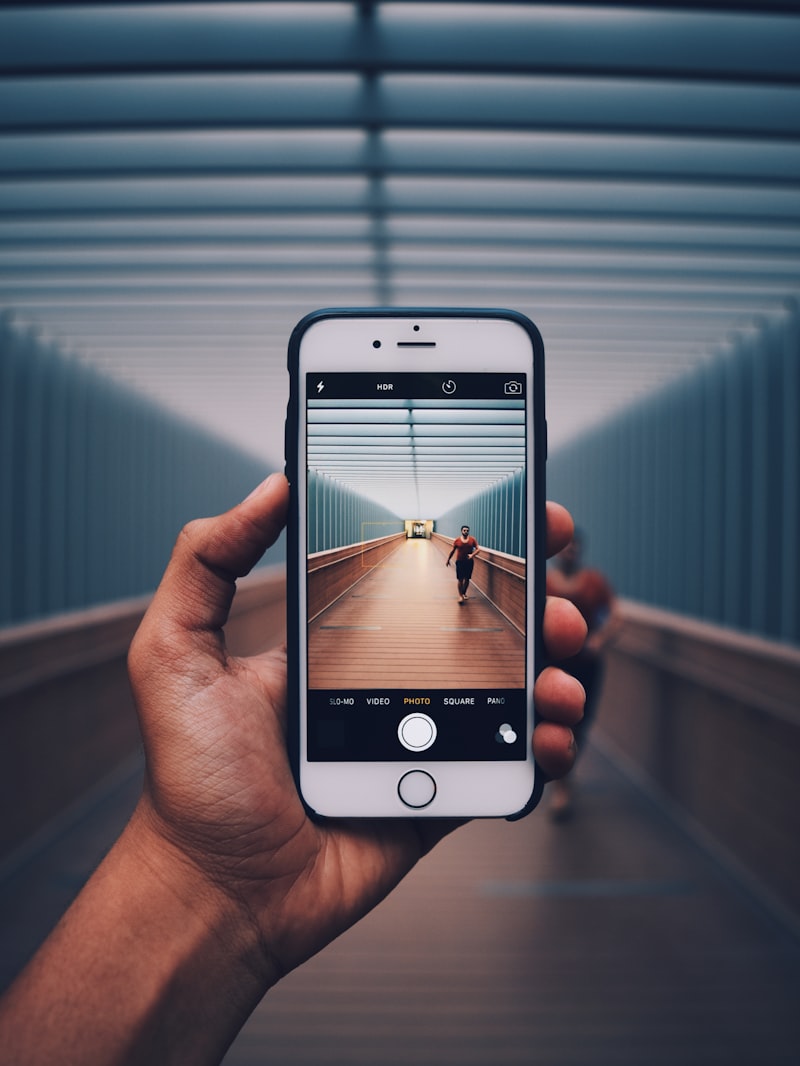
Unleashing the Power of Personalization:
Phone formatting allows users to customize their devices according to their unique needs. Whether it’s adjusting font sizes, enabling voice commands, or activating screen readers, these features empower individuals with visual impairments, hearing loss, motor disabilities, and other challenges to navigate their smartphones effortlessly. By tailoring their devices to suit their specific requirements, users can access information, communicate, and engage with the digital world more effectively.
Breaking Barriers with Voice Recognition:
Voice recognition has revolutionized the way we interact with our phones. Imagine being able to compose emails, write messages, and search the web, all without typing a single word. Voice recognition technology has made this possible, enabling individuals with dexterity issues or those who simply prefer hands-free operation to access their phones effortlessly. This breakthrough feature opens a world of possibilities, ensuring that everyone can stay connected and informed.
Enhancing Visual Accessibility:
Phone formatting has made significant strides in improving visual accessibility. High contrast modes, color filters, and magnification options allow individuals with visual impairments to read text, view images, and navigate interfaces more comfortably. Moreover, innovative technologies such as screen readers and haptic feedback provide audio and tactile cues, enabling users with limited or no vision to engage with their devices independently.
Empowering Hearing-Impaired Users:
Phone formatting has also played a pivotal role in enhancing accessibility for individuals with hearing loss. Captions and subtitles in videos, real-time transcription services, and visual indicators for incoming calls ensure that important auditory information is not missed. Additionally, the ability to adjust volume levels, tone frequencies, and vibration patterns allows users to customize their devices according to their hearing preferences.
Conclusion:
Thanks to phone formatting, accessibility has reached new heights, enabling individuals with disabilities to unleash their potential and participate fully in the digital era. By embracing personalization, voice recognition, visual enhancements, and features tailored for the hearing impaired, smartphones have become powerful tools for inclusivity. As technology continues to evolve, let us celebrate the progress made and remain committed to unlocking possibilities for all.
From Clutter to Clarity: The Power of Phone Formatting in Accessibility
Have you ever noticed how a cluttered phone can make it difficult to find what you need? It’s like searching for a needle in a haystack. But fear not, because there’s a simple solution that can transform your phone from chaos to clarity: phone formatting.
Phone formatting is the process of organizing and optimizing the layout of your phone’s interface for easier accessibility. By rearranging icons, removing unnecessary apps, and tidying up your digital space, you can create a more user-friendly experience tailored to your needs.

Imagine your phone as a virtual room. When it’s cluttered with unused apps, widgets, and notifications, it becomes overwhelming, just like stepping into a messy, disorganized space. But when you take the time to clean up and rearrange your belongings, suddenly everything falls into place. It’s like decluttering your physical space and experiencing a sense of calm and order.
Formatting your phone goes beyond aesthetics. It greatly enhances accessibility, making it easier for you to navigate through your device and find what you’re looking for. With a clear, uncluttered home screen, you can quickly locate your most frequently used apps, contacts, and settings without any hassle. This is especially beneficial for individuals with visual impairments or cognitive challenges, as it simplifies the user interface and reduces cognitive load.
Moreover, phone formatting can significantly boost your productivity. By organizing your apps into folders and customizing your home screen layout, you can create a personalized system that suits your workflow. Need to access your work-related apps quickly? Create a dedicated folder for them. Want to prioritize fitness apps? Place them on your home screen. The possibilities are endless, and the power lies in your hands to optimize your phone according to your unique requirements.
Phone formatting is a powerful tool that can transform your mobile experience from cluttered confusion to streamlined simplicity. By decluttering your phone, reorganizing its layout, and tailoring it to your needs, you can unlock a world of accessibility and productivity. So why wait? Take charge of your digital space today and experience the remarkable difference that phone formatting can make in your life.
